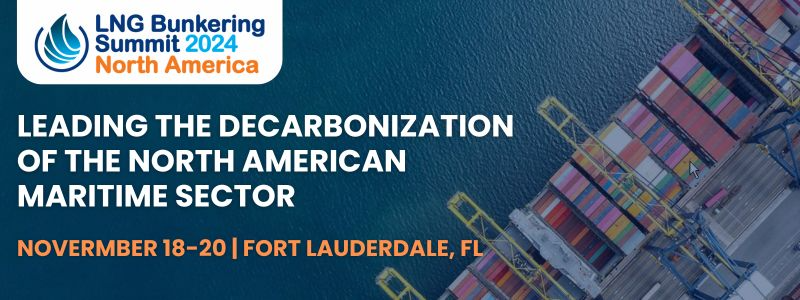LNG Bunkering: The Future of Sustainable Marine Fuel in North America

Introduction to LNG Bunkering
LNG bunkering refers to the process of supplying liquefied natural gas (LNG) to ships for use as fuel. As the maritime industry seeks to reduce its environmental footprint, LNG has gained traction as a cleaner alternative to traditional marine fuels like heavy fuel oil (HFO) and marine diesel oil (MDO). The adoption of LNG bunkering in North America is not only a step towards sustainability but also a strategic move to enhance energy security and economic growth.
Environmental Benefits of LNG
Bunkering One of the primary advantages of LNG bunkering is its significant environmental benefits. LNG is composed mainly of methane, which burns cleaner than other fossil fuels. This results in lower emissions of harmful pollutants such as sulphur oxides (SOx), nitrogen oxides (NOx), and particulate matter (PM). By switching to LNG, ships can reduce their greenhouse gas emissions by up to 20%, contributing to the fight against climate change.
In North America, where environmental regulations are becoming increasingly stringent, LNG bunkering offers a viable solution for compliance. The International Maritime Organization (IMO) has set ambitious targets for reducing sulphur emissions, and LNG is well-positioned to help the industry meet these goals. Additionally, the use of LNG can significantly reduce the risk of oil spills, which have devastating effects on marine ecosystems.
Economic Advantages of LNG Bunkering
Beyond its environmental benefits, LNG bunkering also presents several economic advantages. The cost of LNG has been relatively stable compared to traditional marine fuels, providing ship operators with more predictable fuel expenses. This stability is particularly important in North America, where the maritime industry plays a crucial role in trade and commerce.
Moreover, the development of LNG bunkering infrastructure creates new economic opportunities. Ports and terminals that invest in LNG bunkering facilities can attract more business, boosting local economies, and creating jobs. The growth of the LNG bunkering market also stimulates innovation and investment in related technologies, further driving economic development.
Energy Security and Independence
LNG bunkering contributes to North America’s energy security by diversifying the region’s fuel supply. Unlike oil, which is often imported from politically unstable regions, natural gas is abundant in North America. The United States and Canada have vast reserves of natural gas, making LNG a reliable and domestically sourced fuel option.
By adopting LNG, North America can reduce its dependence on foreign oil and enhance its energy independence. This shift not only strengthens national security but also provides a buffer against global energy market fluctuations. In an era of geopolitical uncertainty, having a stable and secure energy supply is more important than ever.
Technological Advancements and Innovation
The rise of LNG bunkering has spurred technological advancements and innovation within the maritime industry. Shipbuilders are designing new vessels specifically for LNG propulsion, incorporating state-of-the-art technologies to maximize efficiency and performance. Retrofitting existing ships to run on LNG is also becoming more common, offering a cost-effective way to transition to cleaner fuel.
In addition to ship design, advancements in LNG storage and handling technologies are making bunkering operations safer and more efficient. Innovations such as cryogenic tanks and automated bunkering systems ensure that LNG can be stored and transferred with minimal risk. These technological developments not only enhance the safety of LNG bunkering but also improve its overall feasibility and attractiveness.
Challenges and Considerations
While LNG bunkering offers numerous benefits, it is not without its challenges. One of the primary obstacles is the initial investment required to develop LNG infrastructure. Building bunkering facilities, retrofitting ships, and training personnel all involve significant costs. However, these investments are expected to pay off in the long run through fuel savings and environmental benefits.
Another consideration is the availability of LNG bunkering infrastructure. While North America has made significant progress in developing LNG facilities, further expansion is needed to support widespread adoption. Collaboration between governments, industry stakeholders, and port authorities is essential to ensure that the necessary infrastructure is in place.
Conclusion
LNG bunkering represents a promising solution for the maritime industry’s quest for cleaner and more sustainable fuel options. From its environmental benefits to its economic advantages and contributions to energy security, LNG is poised to play a crucial role in North America’s energy future. As the region continues to invest in LNG infrastructure and technology, the adoption of LNG bunkering will undoubtedly accelerate, paving the way for a greener and more resilient maritime industry.



